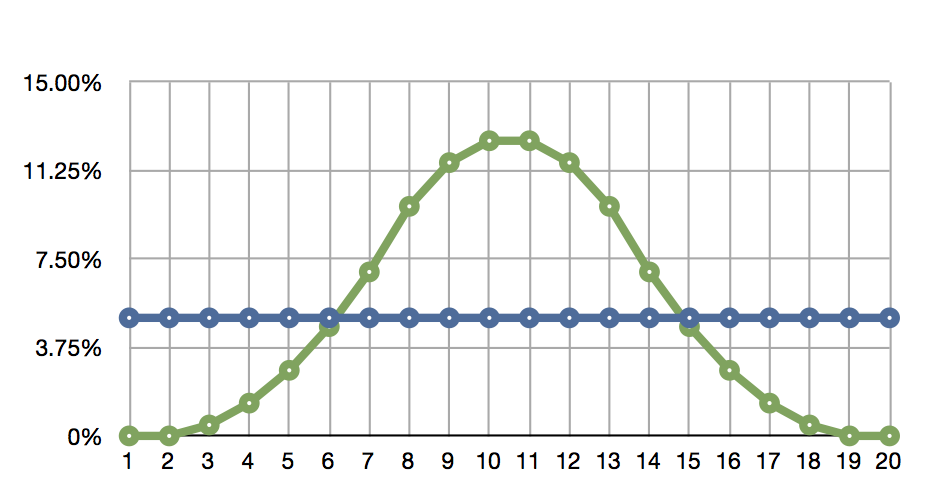Andhaira, you act like I'm an idiot when it comes to FFG. I'm not and I contributed a lot to Warhammer 40K Dark Heresy with a couple of fan supplements. One was written wholly by myself and the other was done with a full team. You're claim about the dice is meritless since FFG gives away a free dice rolling app for Android OS.
You're relying upon the words of people that are biased and have no experience with the system. Hmm maybe I would take your opinion seriously if you had actual experience with the system. I'd rather want a narrativist game since I spent decades playing simulation games. It is a different want that is there. Yes, I have been playing pen and paper RPGs a lot longer than you've been alive and I've played almost all of the major systems, including D&D up till 3.5E. I don't want to play D&D in Space which means no levels and no d20. You see I prefer systems that utilize a bell curve instead of a linear system. The reason why is that a bell curve has more consistency over a linear system because it has more dice. The dice favor the players. A linear system like D20 means that no matter the number the same percentage chance to hit that number is the same. In the case of a D20 it's 5%. On a bell curve like 3D6, it's variable between 16% to 55% roughly on a given number. Numbers like 9-12 are more likely to appear than say a 3 or an 18.
As far as Saga, sorry but it's D&D in Space and the same problems that happen with D&D occurred with SW Saga. The only game that even came close to the full Star Wars experience, that I've played, has been WEG Star Wars. It had zero levels and it was very simple to learn and run, but ran into problems at high level of play.













![Have Many Potato [2013] Codex 2013](/forums/smiles/campaign_tags/campaign_potato2013.png)
![The Year of Incline [2014] Codex 2014](/forums/smiles/campaign_tags/campaign_incline2014.png)






